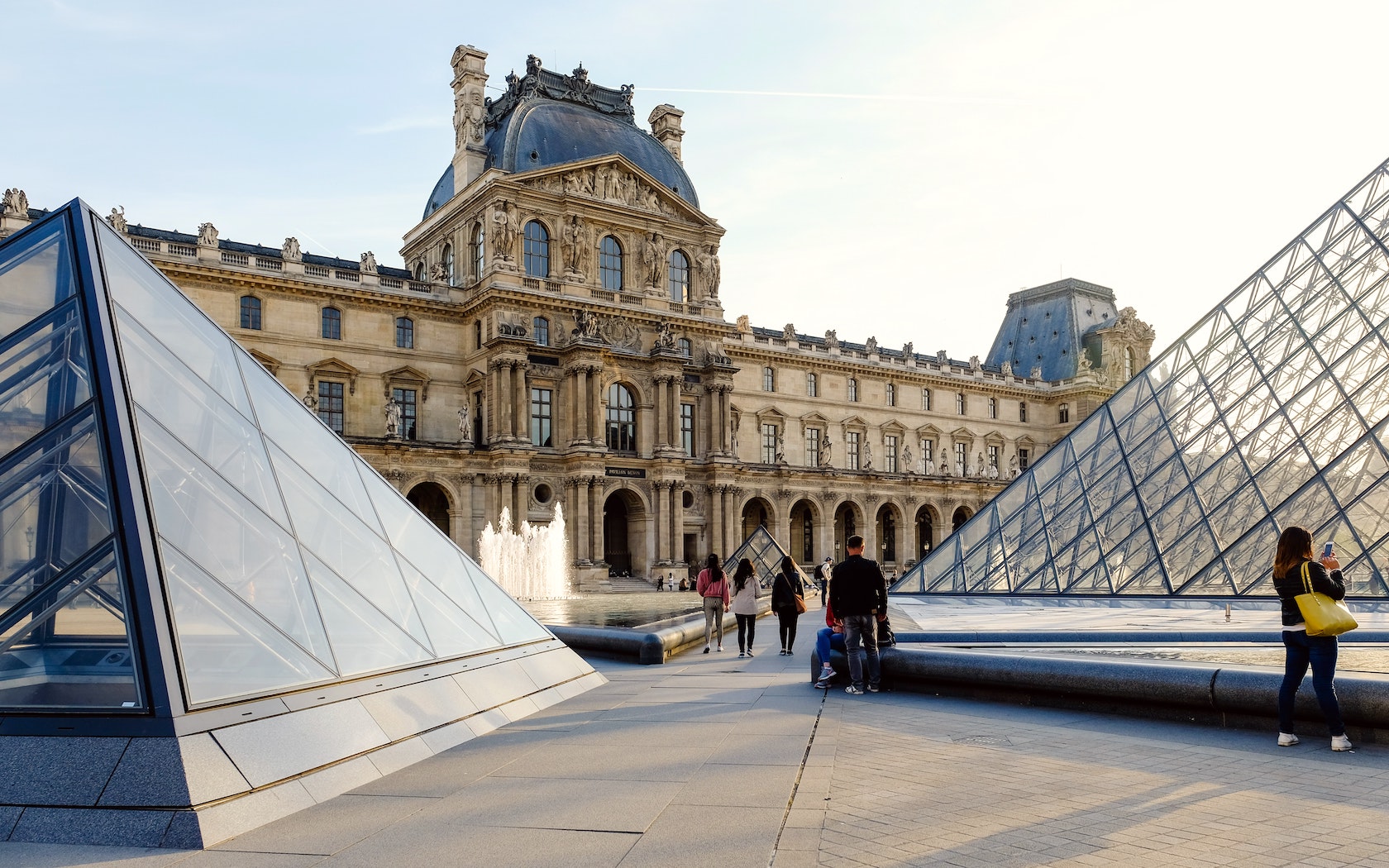Here’s The Ultimate Studio Ghibli Itinerary Through Japan
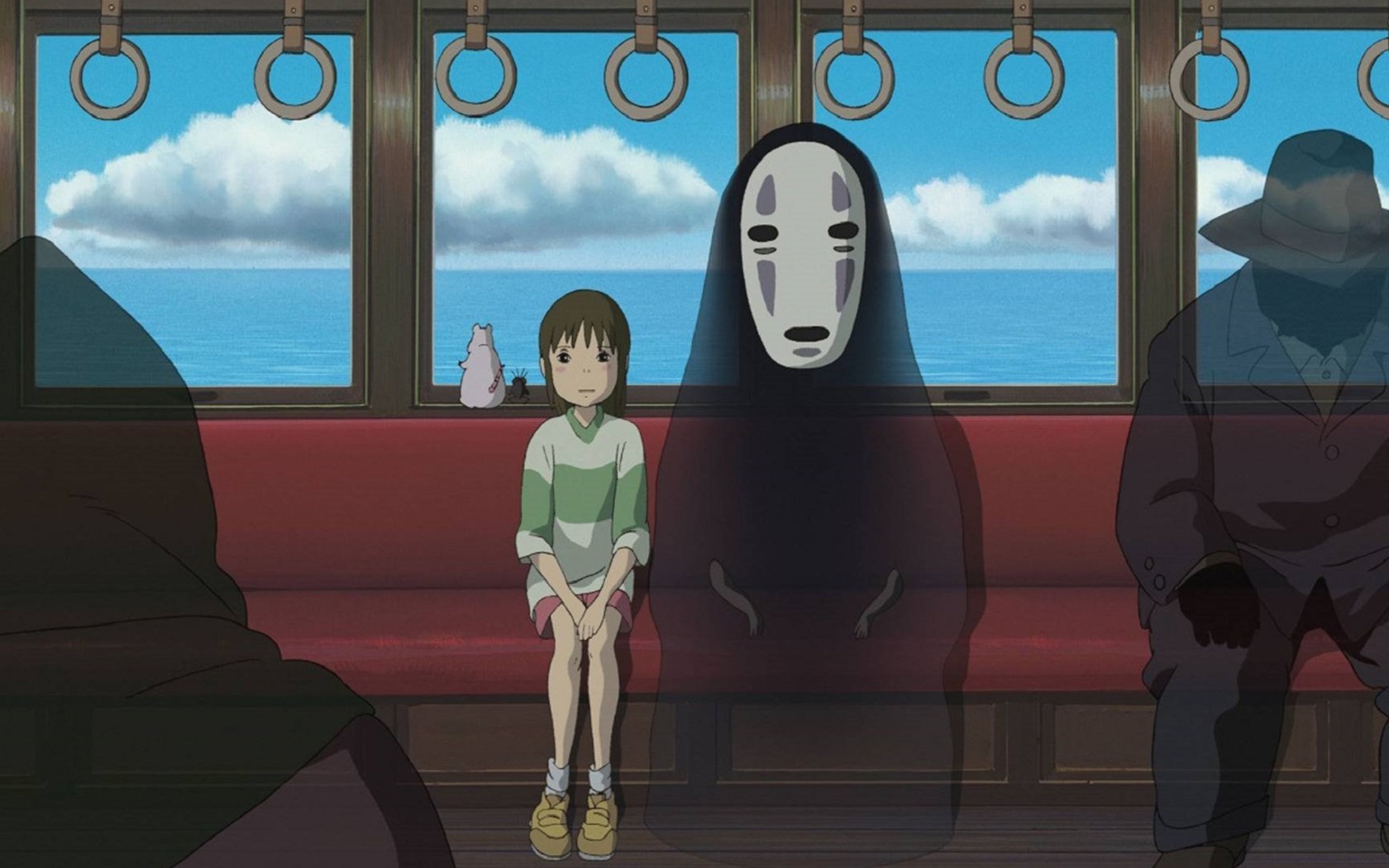
Who hasn’t wanted to live in the world of Studio Ghibli at some point in their lives? After all, Ghibli, Japan‘s premier animation studio, have produced some of the most soothing, beautiful films of the last five decades.
Led by Hayao Miyazaki and, until his death last year, the dearly-departed Isao Takahata, the company’s films are set in mini-universes all of their own, from the aquatic world of Ponyo, to the strange, ghost-infested city at the heart of Spirited Away.
[related_articles]63677,60632,28738[/related_articles]In fact, so enthralling are the films that they continue to attract hordes of dedicated travellers to Japan on a Studio Ghibli itinerary picking out the top sites.
And sure, while it might be true that tourists can’t actually visit the Valley of The Wind from Nausicaä, or the portside city of Koriko from Kiki’s Delivery Service, Ghibli-inspired tours of Japan are becoming increasingly popular, helped in no small part by the news that a Studio Ghibli theme park is coming in 2022.
To that end, here’s our rundown on how to travel Japan on a Studio Ghibli itinerary if, like us, you want to see the country as Miyazaki and Takahata drew it.
Toei Animation Museum
As a young animator, Miyazaki got his break by working at the Toei animation studio, where he assisted on such productions as The Great Adventure of Horus, Prince of the Sun and Doggy March.
https://twitter.com/toeianimation/status/1021837160280776704?lang=en
And sure, although the films he helped make there are less than fondly remembered, it would prove to be a pivotal time in his development as an artist: while at Toei, he studied closely under Yasuo Ōtsuka, who helped refine his visual and storytelling style.
For that reason, The Toei Animation Museum is a great place to get into the young Miyazaki’s headspace. It’s also a fantastic holiday destination its own right: Toei are the company behind Digimon, Yu-Gi-Oh! and Sailor Moon, as well as the distributors for many of Miyazaki’s early films, and the museum is packed with behind-the-scenes production notes and cells.
Minamata

Image: Wikimedia Commons
The tiny city of Minamata, located on the west coast of Kyūshū, plays a vital role in the Studio Ghibli story. It was there that Miyazaki, a lifelong protector of the environment, witnessed the devastation caused by modernity: while travelling the province, the animator witnessed firsthand the effects of the mercury poisoning that had historically ravaged the city’s waterways, killed off much of its sea life, and affected the health of its residents.
Indeed, Minamata directly inspired Nausicaä of the Valley of the Wind, one of Miyazaki’s earliest successes, and a film about the importance of living in kinship with nature.
One of the most underrated Ghibli films imo (Nausicaä of the Valley of the Wind). pic.twitter.com/2NckDV5jLM
— Ernie (@3rnpai) January 5, 2019
Since the Minamata mercury disaster, the city has become a bastion of environmental health: it was voted one of the cleanest cities in Japan, and prides itself on being an eco-hub.
It’s also renowned for its delicious cuisine: Kaijiru Ajitokoro Nanri, one of the most popular restaurants in the region, serves a range of delicious, traditionally prepared fish dishes.
Yakushima
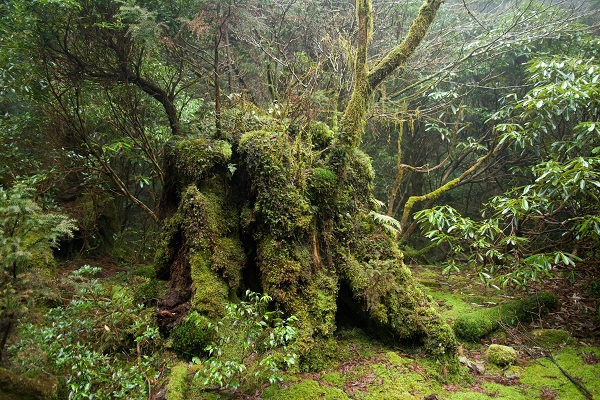
Image: Wikimedia Commons
Of all the tourist destinations in Japan, none look more distinctly Ghibli than Yakushima.
That’s by design rather than accident, of course: Miyazaki loves the small Japanese island, and visits there often. A land of swelling, bright green forests, Yakushima is most clearly seen in Princess Mononoke: it provided Miyazaki with the colour palette he used in that film, and its creatures became reshaped through his imagination into Mononoke‘s woodland heroes.
https://twitter.com/GhibliQuotes/status/1081346651921383424
Occupied by a mere 13,000 people and thriving deer and dolphin populations, Yakushima is a little slice of paradise. It’s also a very cheap place to stay: some accommodation on the island goes as low as $65 per night.
Tomonoura
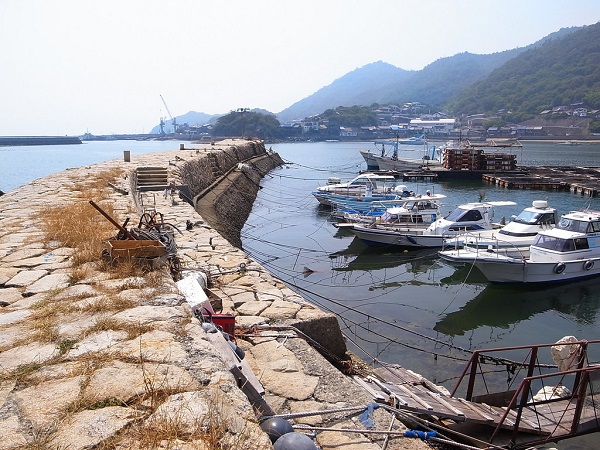
Image: Lisa Pinehill / Flickr
To this day, Ponyo is one of the most profitable films that Ghibli have produced, grossing a staggering US$202 million worldwide.
A lot of that has to do with the film’s adorable heroes: the innocent and cheeky Sōsuke, and the ham-obsessed titular character. But the film’s locale is its secret weapon, the portside town forming an essential part of the plot.
https://www.instagram.com/p/BrLFGNshm3X/
To create the aquatic haven, Miyazaki spent time in Tomonoura, near Fukuyama. The bustling Japanese port is best known for its red sea bream trade; its a town of fishers and canneries.
But it’s also dotted here and there with beautiful, ancient shrines, and has a long history as a muse for creatives — one of Japan’s oldest collections of poetry, the Man’yōshū, contains odes dedicated to Tomonoura.
The Studio Ghibli Museum
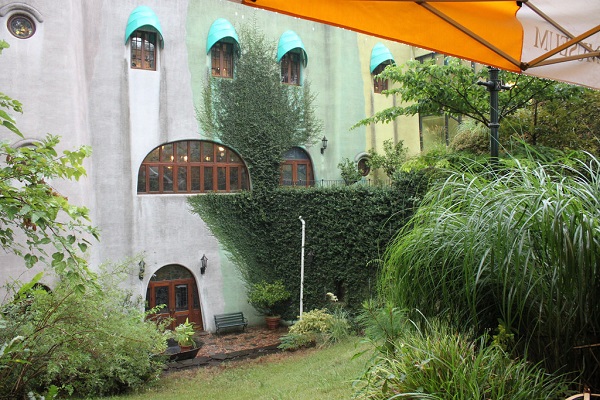
Image: Fletcherjcm / Flickr
Needless to say, no trip to Japan would be complete without a stop-in at the Studio Ghibli Museum. An officially endorsed and run haven for Ghibli-philes, the museum is bursting with behind the scenes photographs, cells, scripts, merchandise, and Ghibli secrets.
Every now and then, the museum will put on a special exhibition: at the moment, it’s running a look behind the Ghibli colouring process, making it a must-visit spot for animation nerds in particular.
https://twitter.com/GhibliGems/status/1082775186640900101
But be warned: the museum books up way ahead of time, so make sure you reserve yourself a spot long before you go.
Oh, and there’s strictly no photography allowed, so you’ll have to settle with stowing your phones away, and submerging yourself in the beautiful world of one of Japan’s most important artists.
[related_articles]68222,65259,50010[/related_articles]Check back here for updates on the theme park so you can add it to your Studio Ghibli itinerary when it’s finished!








